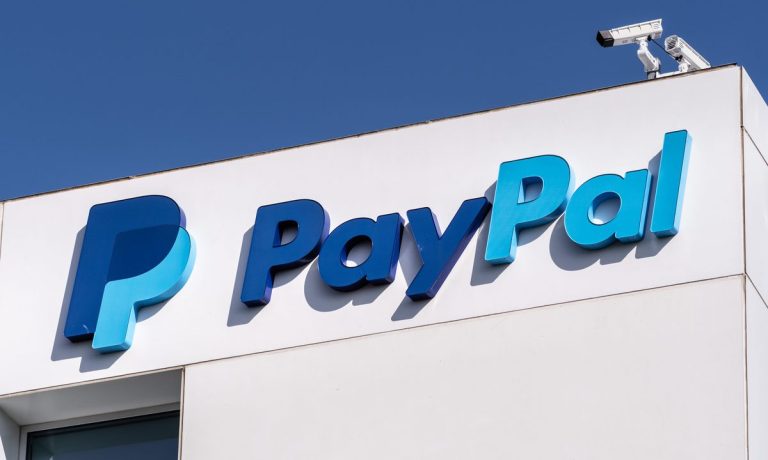Does PayPal’s Stablecoin Ambition Signal its Growing Interest in the Remittance Market?

It has been reported that PayPal is considering the launch of its own cryptocurrency stablecoin as a way to make and accept payments.
The news came after a software developer digging through PayPal’s source code came upon hidden code and images of what is called a “PayPal Coin,” Bloomberg reported Tuesday (Jan. 11).
Stablecoins are a type of cryptocurrency that is backed by a cache of fiat currency — normally dollars — or highly liquid assets, to maintain a stable $1 to $1 peg.
“We are exploring a stablecoin; if and when we seek to move forward, we will of course, work closely with relevant regulators,” Jose Fernandez da Ponte, senior vice president of crypto and digital currencies at PayPal, said.
Which sort of begs the obvious question: Why?
One answer might be to become more competitive in the cross-border remittance market where there is already evidence that 23% of U.S. consumers who send remittances do so over the public blockchain using cryptocurrencies. A PYMNTS/Stellar Development Corporation study released in September 2021 sized the fees associated with U.S. outbound remittances at 3.5 billion, on average. Stablecoins could reduce the fees and improve the speed of those remittances, while at the same time, giving PayPal users on both ends of the transaction another reason to favor PayPal as their Super App.
Remittances is not a new feature for PayPal, having acquired Xoom in July of 2015. At the time Xoom brought PayPal a user base of 1.5 million active customers sending funds to 37 countries. Aside from the footprint in markets it wanted to push into, Xoom brought PayPal a digital payments service with more competitive fees. In 2019 it expanded the service, allowing customers to send funds directly to bank accounts rather than another Xoom wallet.
Read more: PayPal-Xoom Deal Now Official
A PayPal Coin could also function as a Super Currency inside of its Super App, a branded currency akin to the once-upon-a-time ambition of Facebook with Facebook Credits in 2010. With its network of 32 million merchants and 400 million consumers such a branded currency would have a better shot at working as a currency inside of the PayPal ecosystem than it did in 2010 inside of Facebook’s.
See also: Sen. Warren Calls DeFi the ‘Most Dangerous’ Part of Crypto at Senate Hearing
All that said, a true, public stablecoin would force it back into fray that began when Meta — then Facebook — announced a project to launch a stablecoin called Libra that would be usable by any of its 2.3 billion members. Since rebranded Diem, the project caused a political storm in the U.S., the EU, and really among politicians, financial regulators and especially central bankers who feared the stablecoin could undermine national currencies and damage their ability to fight economic downturns and financial crises.
The regulatory concerns remain, as the number of players issuing them have grown.
Then again, all of this could be nothing more than a news story manufactured out of thin air, particularly when considering that Jose Fernandez da Pont, senior vice president of crypto and digital currencies at PayPal, was rather non-committal when asked about it on the Nov. 16 episode of crypto industry podcast “Unchained.” Then, he said that the company was not thinking about issuing a stablecoin or adopting one of the existing ones at that point. The unclear regulatory environment was one of the reasons he cited, as was the observation that he had yet to see a stablecoin “purpose built for payments.”
A nod to the fact that the stablecoins that do exist are designed primarily for trading cryptocurrencies and decentralized finance, or DeFi, projects.
A Different Mousetrap
That aside, the remittance angle could have some legs.
“We are a company that has financial inclusion at heart,” he said. “One of reasons that drove me to the space was this promise about the ability to help with financial inclusion and especially creating financial opportunity in emerging markets.”
He added that stablecoins provide “a really intriguing opportunity to have significant payment activity on new rails, whether that’s on CBDCs, private stablecoins or something else — which is very close and very core to our business.”
So we shall see.
Read more: Connected Economy: PayPal’s Dan Schulman Settles Into His Role As Catalyst

